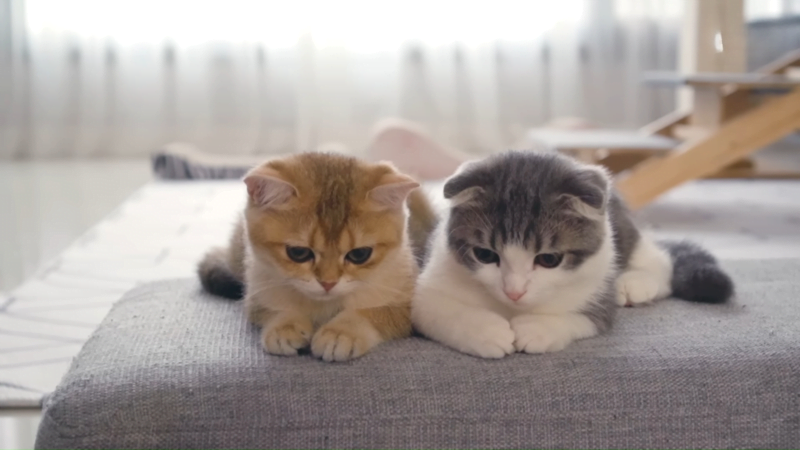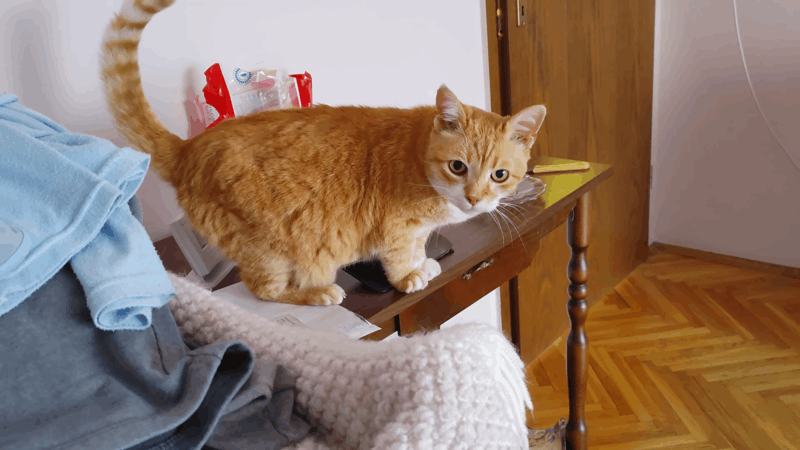No products in the cart.
When it comes to cat health, a question often arises: Can cats get diabetes? Our beloved feline companions hold a special place in our hearts and we always want to treat them with natural medicine. In this blog, we’ll dive into the world of feline diabetes, understanding its definition, causes, symptoms, and the significance of early detection. In this blog, we will explore the intriguing topic of CBD for cats, can cats get diabetes, how do cats get diabetes, signs of diabetes in cats, and can CBD make a cat diabetic?
Can CBD Make a Cat Diabetic?
There’s no scientific evidence to suggest that CBD (cannabidiol) can induce diabetes in cats. Diabetes in cats primarily arises from issues related to insulin production and function, and CBD is not known to be a direct cause of diabetes. At Pet CBD Club, you may find even more wonderful CBD pet products.
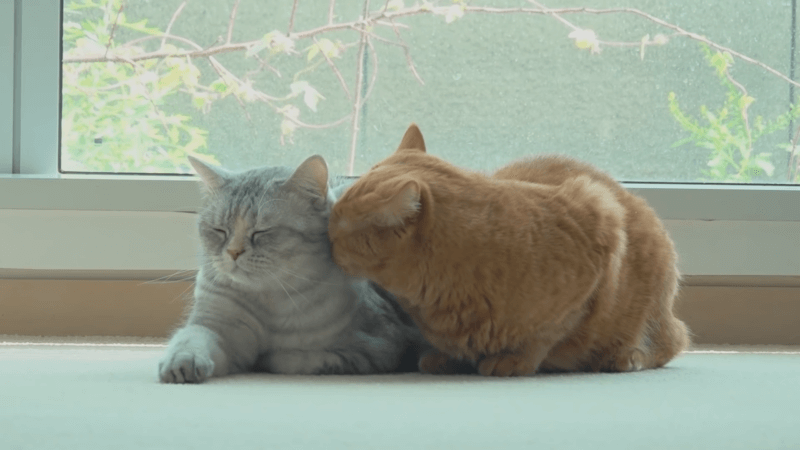
What Is CBD for Cats?
CBD for cats is a bit like a friendly companion in the world of pet health. It stands for cannabidiol, a natural compound found in the cannabis plant. But don’t worry, it won’t give your cat a “high” like its cousin THC. Instead, think of it as a gentle helping hand, like a soothing touch when your feline friend needs it most. Many cat owners turn to CBD to assist their furry pals with a range of concerns, such as pain, anxiety, and inflammation.
Potential Benefits of CBD
The best CBD oil for cats may offer several potential benefits, including.
- Pain Relief: Imagine your cats, perhaps in their golden years, feeling more comfortable despite arthritis or recovering after a little accident. CBD might offer them relief from those aches and pains, just like a gentle, soothing massage.
- Anxiety Reduction: Some kitties are the kings and queens of anxiety, especially when thunderstorms roll in or it’s time for a vet visit. CBD could be their trusted ally, helping to calm those nerves and ease the tension. Think of it as their cozy security blanket.
- Anti-Inflammatory Effects: Just like us humans, cats can deal with inflammation too, whether it’s due to a health condition or the wear and tear of life. CBD’s anti-inflammatory properties could lend a hand in soothing those discomforts, like a cool breeze on a hot day.
- Potential Seizure Management: For cats with epilepsy, life can be a bit unpredictable. Some studies hint that CBD might step in to help manage those seizures, providing a bit of stability in their world, like a steady hand to guide them through.
Can Cats Get Diabetes?
Absolutely, cats can develop diabetes, much like humans can. Diabetes mellitus, commonly known as diabetes, is a metabolic disorder that can affect our feline companions. In simple terms, feline diabetes is a chronic condition where a cat’s blood sugar levels become elevated, a condition known as hyperglycemia. This elevation occurs because the cat’s body struggles to either produce sufficient insulin or use it effectively.
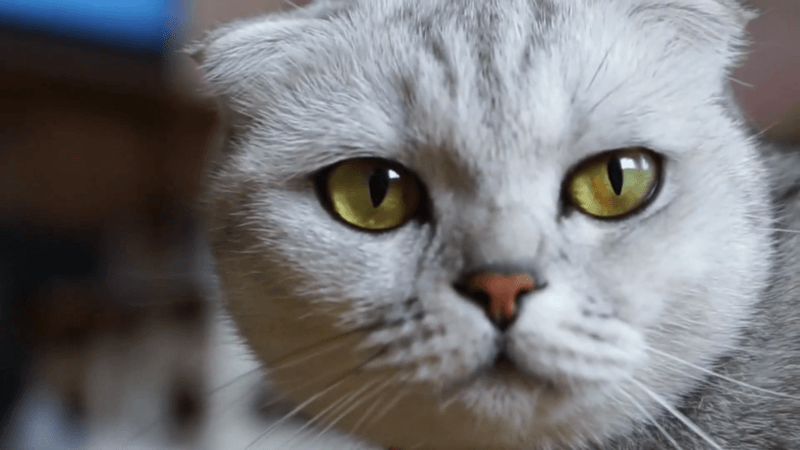
Definition of Diabetes in Cats
Diabetes in cats, also known as feline diabetes or feline diabetes mellitus, is a chronic metabolic disorder characterized by elevated levels of glucose (sugar) in the cat’s bloodstream due to the cat’s body’s inability to produce or use insulin effectively. Insulin is a hormone produced by the pancreas, and it plays a crucial role in regulating blood sugar levels by allowing cells to take in and use glucose for energy.
Risk Factors for Feline Diabetes
Several factors can increase a cat’s risk of developing diabetes, including.
- Obesity: Overweight and obese cats have a significantly higher risk of developing diabetes. Excess body fat can lead to insulin resistance, making it challenging for the cat’s cells to respond effectively to insulin.
- Age: Older cats, typically those over the age of 8 to 10 years, are more susceptible to diabetes. However, diabetes can occur in cats of any age.
- Diet: High-carbohydrate diets may contribute to the development of diabetes in some cats. Cats are obligate carnivores, which means their natural diet mainly consists of protein and fat. Diets high in carbohydrates may strain their insulin production and response.
- Gender: Male cats are somewhat more likely to develop diabetes than female cats, although both genders can be affected.
- Physical Inactivity: Lack of exercise and a sedentary lifestyle can contribute to obesity in cats, which, in turn, increases the risk of developing diabetes.
- Genetics: Certain cat breeds, such as Burmese and Norwegian Forest Cats, appear to have a genetic predisposition to diabetes. However, diabetes can affect cats of all breeds and mixed breeds.
- Stress: Chronic stress can have negative effects on a cat’s overall health and might potentially contribute to the development of diabetes. Reducing stress through a comfortable environment and routine care can be beneficial.
How Do Cats Get Diabetes?
Cats can develop diabetes when their bodies encounter issues related to insulin, the hormone responsible for regulating blood sugar (glucose) levels. In simpler terms, cats get diabetes when:
- Insulin Dysfunction: The cat’s pancreas, which produces insulin, may not be functioning correctly. This can happen in two main ways:
- Insufficient Insulin Production: The pancreas doesn’t produce enough insulin, leading to inadequate regulation of blood sugar levels.
- Insulin Resistance: The cat’s cells become resistant to insulin, meaning they don’t respond properly to it, making it challenging for glucose to enter cells for energy.
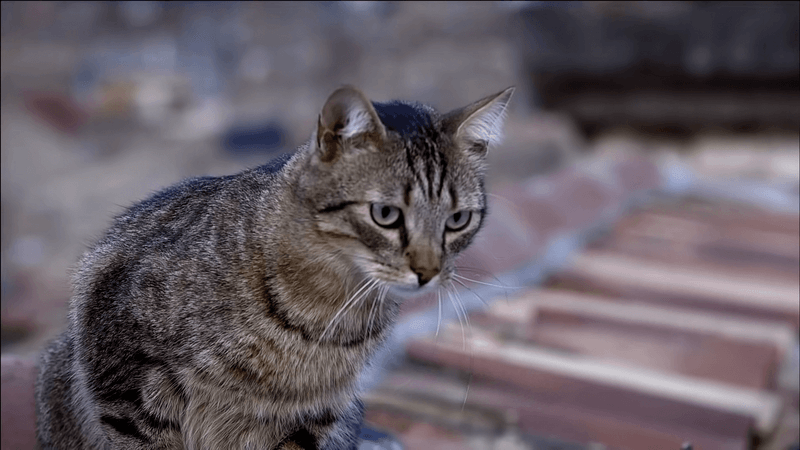
Feline Diabetes Types
There are two primary types of diabetes in cats.
- Type 2 Diabetes: Think of this as the more common form of diabetes in cats. It’s akin to the body saying, “Hey, we’ve got insulin, but it’s not quite enough.” The pancreas is still making some insulin, but not in the quantities needed to control blood sugar levels effectively. It’s like having a half-open door; some glucose gets inside the cells, but not all. We often manage this type with dietary changes, weight control, and sometimes medications to make the available insulin work better.
- Type 1 Diabetes: Now, Type 1 diabetes in cats is a bit less common. It’s as if the pancreas decided to take a vacation and stopped making insulin altogether. Without enough insulin, it’s like the cells have locked their doors, and sugar can’t get in for energy. These cats need our help with regular insulin injections to keep those doors open for glucose.
Feline Diabetes Causes
While the precise origins of feline diabetes remain enigmatic, we can identify contributing elements in this intricate web of causation:
- Weighty Matters: Visualize obesity as a central player in the diabetes narrative. It’s analogous to clutter obstructing the path. Excessive body fat acts as a bottleneck, impairing the effectiveness of insulin—the traffic controller responsible for ushering glucose into cells. Maintaining a healthy weight for your cat is pivotal.
- Genetic Threads: Some cats may inherit a proclivity for diabetes, much like inheriting familial traits. While breeds like Burmese and Norwegian Forest Cats might display a higher genetic disposition, diabetes transcends breed boundaries, impacting cats of diverse lineages.
- Dietary Factors: Dietary choices wield substantial influence. Cats, as carnivores, flourish on protein-rich, low-carbohydrate diets. When carb-heavy meals dominate, it’s akin to misfuelling a high-performance engine—inefficiencies abound.
- Aging Dynamics: Just as the aging process affects humans, senior cats face an increased vulnerability to diabetes. The risk amplifies around the ages of 8 to 10 and beyond, yet diabetes can emerge unpredictably.
- Stress Intrigue: Stress acts as the unexpected guest at the soiree, adding layers of complexity. While its precise role in diabetes is a subject of ongoing research, fostering a stress-free environment for your feline companion remains a cornerstone of their overall well-being.
Signs of Diabetes in Cats
Recognizing the signs of diabetes in cats is crucial for early intervention and management. Some common signs to watch out for include:
- Increased Thirst: Imagine your cat suddenly turning into a water guzzler, like they’re training for a water-drinking championship. It’s not the usual sips; it’s like they’re going through a water bottle a day.
- Frequent Urination: With all that extra water going in, it’s only natural it has to come out more often. So, you start noticing your cat making more pit stops in the litter box. It’s like they’ve become a bit of a bathroom regular.
- Increased Appetite or Loss of Interest in Food: This one’s a bit tricky. Some diabetic cats act like they’ve got the world’s biggest appetite – they’re always hungry. Others go in the opposite direction, where it’s like they’re losing their love for food. So, it’s a bit like your cat has either developed a food obsession or decided to join a foodie diet club.
- Weight Loss: Despite all the food talk, you notice your cat’s shedding pounds. It’s not because they’re on a diet; it’s because their bodies aren’t using the food properly.
- Lethargy: Your once-playful and active cat now prefers to lounge around like they’re on a permanent couch vacation. It’s like they’ve lost interest in their usual cat antics.
- Vomiting and Dehydration: In the worst cases, it’s like your cat’s body is sending out SOS signals. Vomiting and dehydration are like red flags that something’s seriously wrong.
- Unkempt Fur: Cats are usually the kings and queens of grooming. But diabetes can change that. It’s like they’ve forgotten how to use their brush, and their fur looks messy and lackluster.
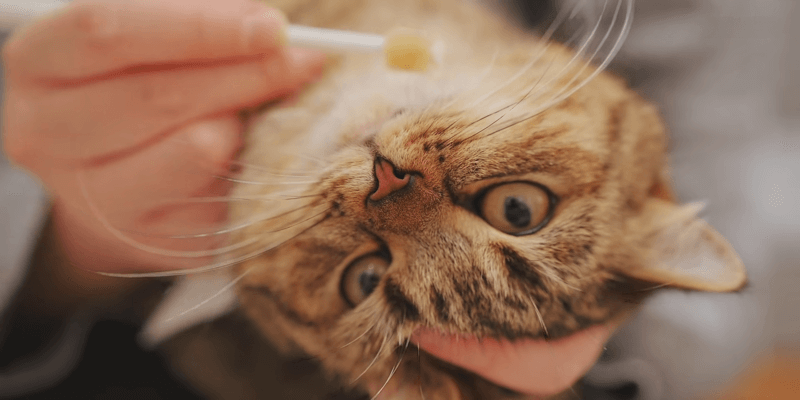
The Importance of Early Detection
Early detection of diabetes in cats is critical for several reasons:
- Effective Treatment: Early detection allows for more effective treatment, like getting ahead of a cold before it becomes a full-blown flu.
- Prevention of Complications: It’s like blocking potential health “goals.” Early treatment prevents serious complications, keeping your cat safe.
- Improved Quality of Life: Early management ensures your cat enjoys life with less discomfort and health issues.
- Lower Treatment Costs: Early intervention is like fixing a leaky roof before it causes costly damage, saving you money in the long run.
Veterinary Diagnosis and Testing
If you suspect your cat may have diabetes, it’s essential to consult a veterinarian for a proper diagnosis. Your veterinarian will use various diagnostic methods, including:
- Blood Glucose Testing: It’s a bit like checking your cat’s “sweetness” level. The vet does a blood test to see how much sugar is in their blood. If it’s high when they haven’t eaten, that’s a sign something might be off, like finding too much sugar in your tea.
- Urinalysis: This is like checking your cat’s “waste report.” By analyzing their urine, the vet can see if there’s sugar or special compounds called ketones floating around. Finding sugar in the urine is a bit like discovering sugar in unexpected places, a sign of diabetes.
- Physical Examination: This is where the vet plays detective. They look for clues like weight loss, your cat drinking like a camel in the desert, and other signs that hint at diabetes. It’s like piecing together parts of a puzzle to get the full picture.
- Glycosylated Hemoglobin (A1c) Test: Think of this as the “average sugar history.” It measures your cat’s blood sugar levels over the past few months, like a summary of their sugar story. This helps the vet get a more complete view of their diabetes.
Conclusion
Can CBD make a cat diabetic? There’s no scientific evidence to suggest that CBD can induce diabetes in cats. Diabetes in cats primarily arises from issues related to insulin production and function, and CBD is not known to be a direct cause of diabetes. While the risk of diabetes exists in cats, understanding its causes, recognizing its signs, and seeking early veterinary care is essential for their well-being.
I am Nelson Cooper, I pursue my passion for writing and my belief is that cats love humans. I enjoy traveling and have a deep appreciation for the beauty of nature, as well as a soft spot for animals, particularly cats.

